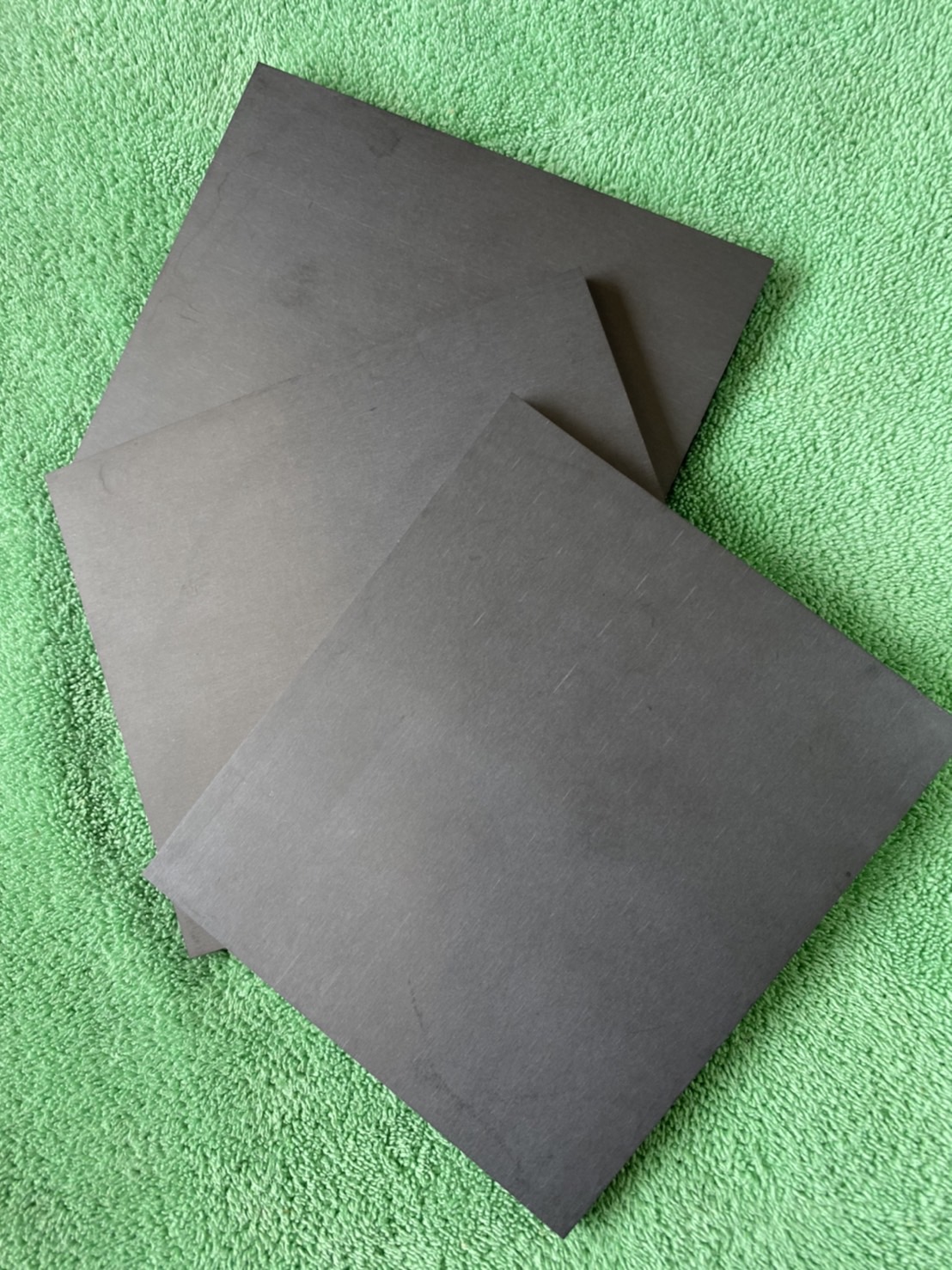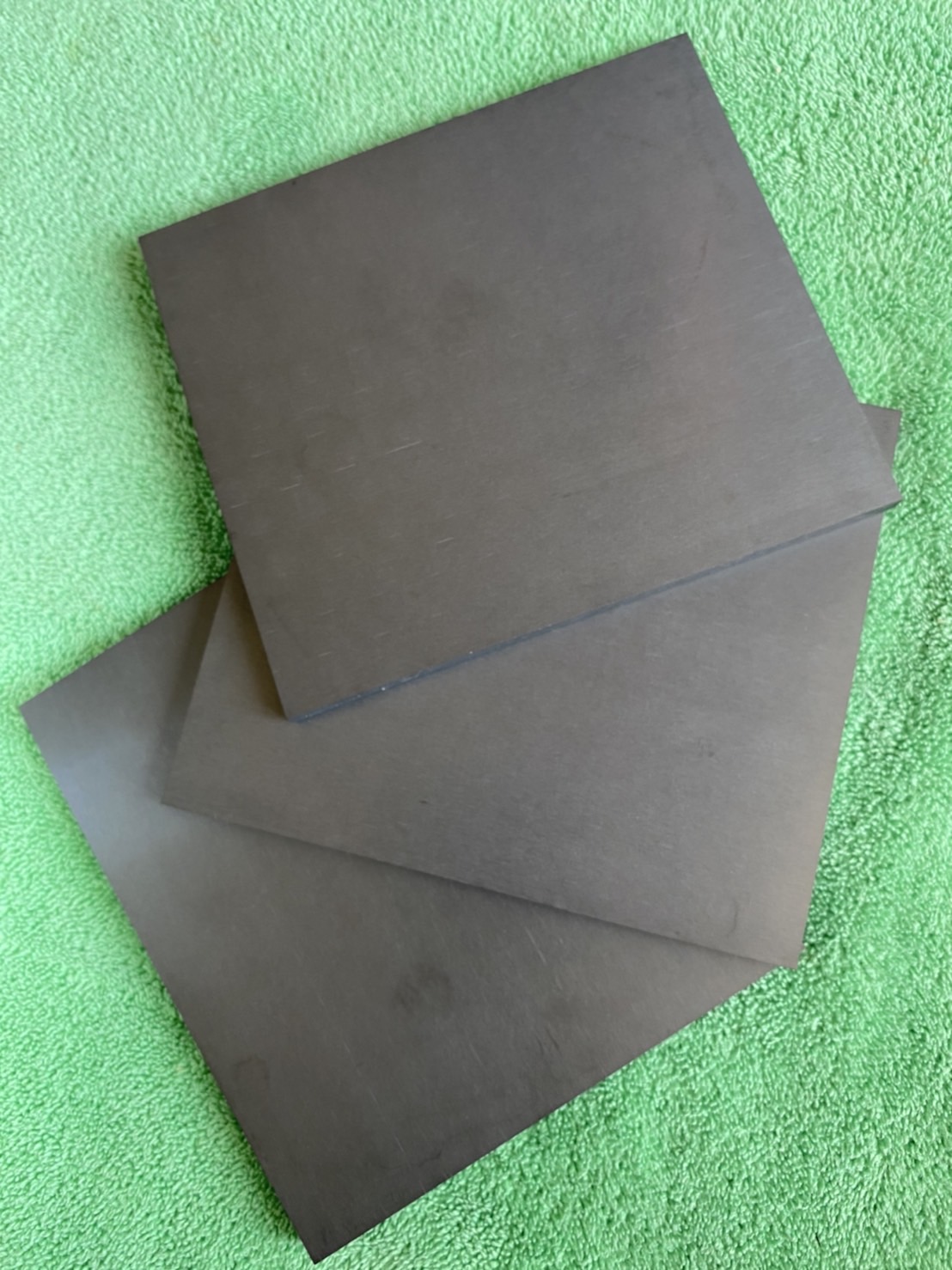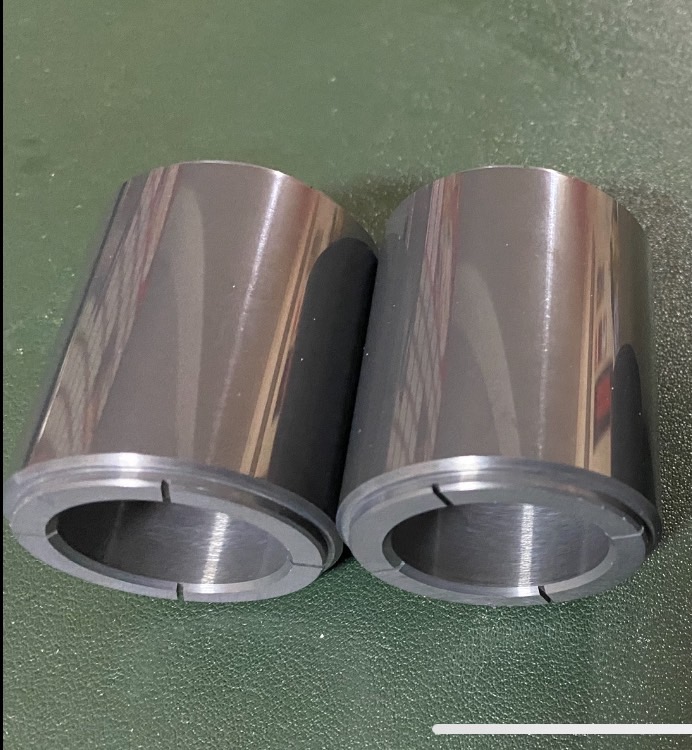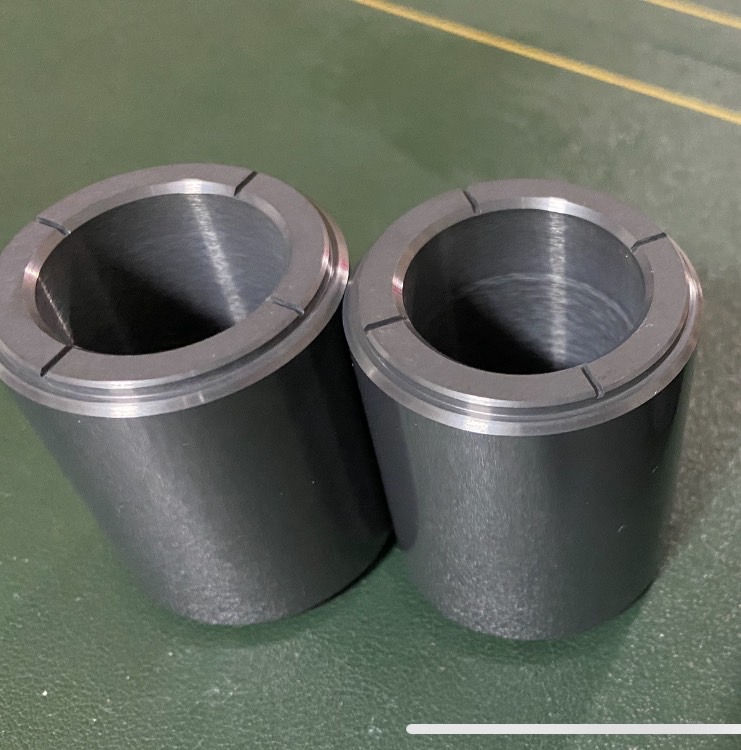Special material of silicon carbide (SiC)
- Fields:
- 1.Wear-resistant parts of crushers
- 2.Ceramic bearings, heat exchangers
- 3.Chemical pump components, various nozzles
- 4.High-temperature cutting tools, refractory plates
- 5.Wear-resistant parts of mechanical equipment
- 6.Raw materials for steelmaking, lightning arresters
- 7.Other spare parts for semiconductor manufacturing
- Applicable processing method:
- 1、Diamond polishing and cutting processing
- 2、Wire cutting processing
- 3、Electrical discharge machining
silicon carbide (SiC)
Silicon carbide (SiC) is a wide-bandgap ceramic material with high breakdown voltage, high electric field strength, and large current density characteristics. In addition, it has high thermal conductivity and better hardness, heat resistance, oxidation resistance, corrosion resistance, and high thermal conductivity than general ceramic materials. Therefore, in recent years, silicon carbide has been widely used in structural components in mechanical engineering and sealing components in chemical engineering, and even in extreme environments such as strong acid, strong alkali, high wear, high temperature, and aerospace.
Main features:
● Excellent wear resistance.
● Excellent corrosion resistance.
● Excellent oxidation resistance.
● High thermal conductivity, good heat transfer effect.
Densification Analysis – White Light Interferometry (WLI) Inspection Report
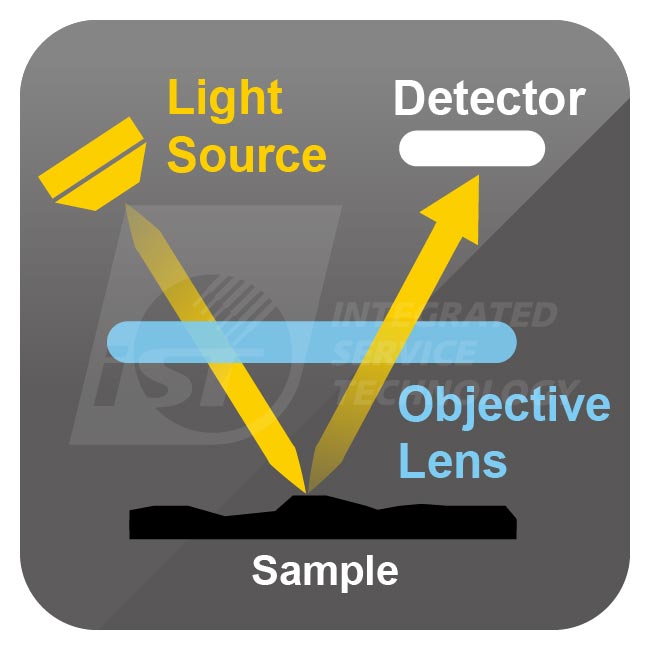
The White Light Interferometer (WLI) is a high-precision optical measurement technology capable of detecting the microscopic surface morphology of materials with nanometer-level resolution。
When measuring the mirror-polished surfaces of high-density ceramic components, WLI can accurately detect surface micro-defects such as pits, scratches, and voids。
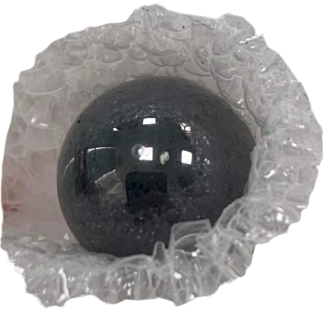

The SunRising Si₃N₄ / SiC composite was precisely polished to a mirror-finished surface and analyzed using White Light Interferometry (WLI). The scan results revealed a continuous and smooth surface, with no detectable pores or microcracks。
Thanks to WLI’s vertical resolution of up to 1 nm and lateral resolution of approximately 300 nm, any internal porosity connected to the surface would manifest as height variations in the interferometric image。
However, no such anomalies were observed during this test, indicating that the Si₃N₄ / SiC component possesses extremely low porosity, demonstrating a dense microstructure and high-quality fabrication。
Through WLI’s non-destructive inspection capabilities, we were able to quantify the surface uniformity and integrity of the ceramic material, providing a scientific basis for quality control and process optimization. The results confirm that this Si₃N₄ / SiC sample meets high-density standards, making it a reliable candidate for high-performance applications。
SGS High Thermal Conductivity SiC Inspection Report
Technical specifications of silicon carbide (SiC)
| Item | Unit | Test Standard |
|---|---|---|
| Density | g/cm3 | 3.2 |
| Elastic Modulus | Gpa | 440 |
| Coefficient of thermal | 10-6K-1 | 3.0 |
| hardness (HV) | Mpa | 2800 |
| Fracture toughnes | Mpa | 3.9 |
| Flexural Strength (room temperature) | Mpa | 390 |
| Flexural Strength (700℃) | Mpa | 380 |
| Bending strength (room temperature) | Mpa | 1800 |
| Poisson’s Ratio | 0.17 | |
| Thermal conductivity | W(mk)-1 | 120 |
| specific resistivity | ≥103 | |
| Maximum operating temperature (no load) | ℃ | 1550 |
| Acid and alkali corrosion resistance | strong |
SunRising - White Light Interferometry (WLI) Inspection Report for SiC / Si₃N₄ Materials
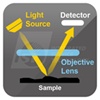
The White Light Interferometer (WLI) is a high-precision optical measurement technology capable of detecting the microscopic surface morphology of materials with nanometer-scale resolution.
When inspecting the mirror-polished surfaces of high-density ceramic components, WLI can accurately capture surface micro-defects such as pits, scratches, or voids.
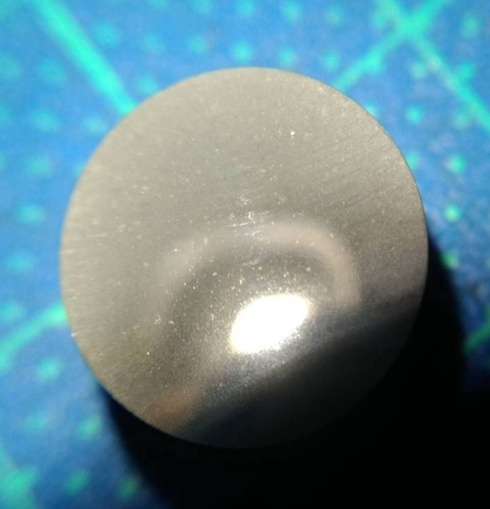
Pre-Polishing Surface Image – SunRising SiC / Si₃N₄
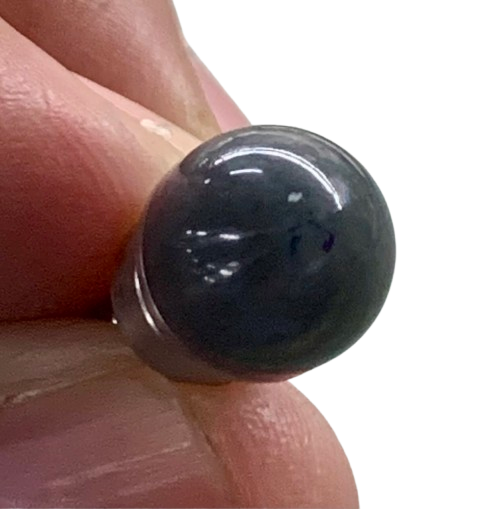
Surface Image After Polishing and Grinding

Figure 1. White Light Interferometry (WLI) Scan – SunRising SiC / Si₃N₄ Surface

Figure 2. White Light Interferometry (WLI) Scan – SunRising SiC / Si₃N₄ Surface
The Si₃N₄ / SiC material from SunRising was precision-polished to a mirror-like finish and analyzed using a White Light Interferometer (WLI). The results showed that the surface was continuous and smooth, with no detectable pores or microcracks.
Given that the WLI offers a vertical resolution of up to 1 nm and a lateral resolution of up to 300 nm, any internal porosity connected to the surface would appear as height variations in the interferometric scan.
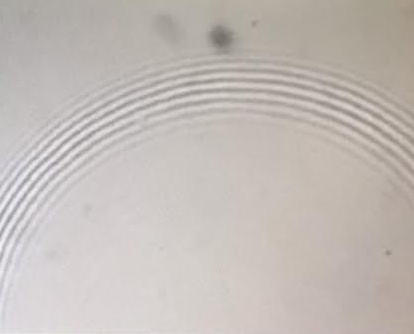
White Light Interferometry (WLI) Scan of SunRising SiC / Si₃N₄ Surface
However, no abnormalities were observed during this test, indicating that the Si₃N₄ / SiC component has a very low porosity, a dense microstructure, and excellent manufacturing quality.
Through the non-destructive inspection capabilities of the White Light Interferometer (WLI), we are able to quantitatively evaluate the uniformity and integrity of the ceramic surface, providing a scientific basis for quality control and process optimization. The results confirm that this Si₃N₄ / SiC sample meets high-density standards and is well-suited as a key material for high-performance applications.
